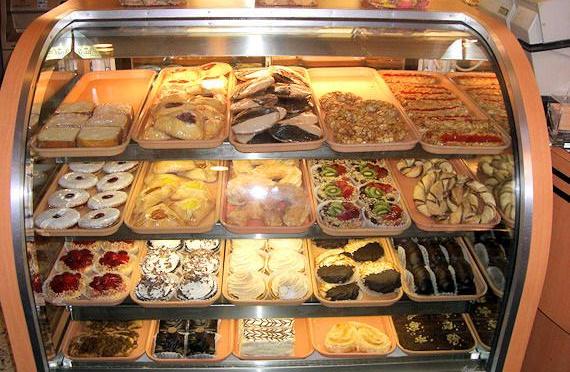 Now that you understand why you need a business plan and you’ve spent some time doing your homework gathering the information you need to create one, it’s time to roll up your sleeves and get everything down on paper. The following pages will describe in detail the seven essential sections of a business plan: what you should include, what you shouldn’t include, how to work the numbers and additional resources you can turn to for help. With that in mind, jump right in.
Now that you understand why you need a business plan and you’ve spent some time doing your homework gathering the information you need to create one, it’s time to roll up your sleeves and get everything down on paper. The following pages will describe in detail the seven essential sections of a business plan: what you should include, what you shouldn’t include, how to work the numbers and additional resources you can turn to for help. With that in mind, jump right in.
Executive Summary
Within the overall outline of the business plan, the executive summary will follow the title page. The summary should tell the reader what you want. This is very important. All too often, what the business owner desires is buried on page eight. Clearly state what you’re asking for in the summary.
Business Description
The business description usually begins with a short description of the industry. When describing the industry, discuss the present outlook as well as future possibilities. You should also provide information on all the various markets within the industry, including any new products or developments that will benefit or adversely affect your business.
Market Strategies
Market strategies are the result of a meticulous market analysis. A market analysis forces the entrepreneur to become familiar with all aspects of the market so that the target market can be defined and the company can be positioned in order to garner its share of sales.
Competitive Analysis
The purpose of the competitive analysis is to determine the strengths and weaknesses of the competitors within your market, strategies that will provide you with a distinct advantage, the barriers that can be developed in order to prevent competition from entering your market, and any weaknesses that can be exploited within the product development cycle.
Design & Development Plan
The purpose of the design and development plan section is to provide investors with a description of the product’s design, chart its development within the context of production, marketing and the company itself, and create a development budget that will enable the company to reach its goals.
Operations & Management Plan
The operations and management plan is designed to describe just how the business functions on a continuing basis. The operations plan will highlight the logistics of the organization such as the various responsibilities of the management team, the tasks assigned to each division within the company, and capital and expense requirements related to the operations of the business.
Financial Factors
Financial data is always at the back of the business plan, but that doesn’t mean it’s any less important than up-front material such as the business concept and the management team.

